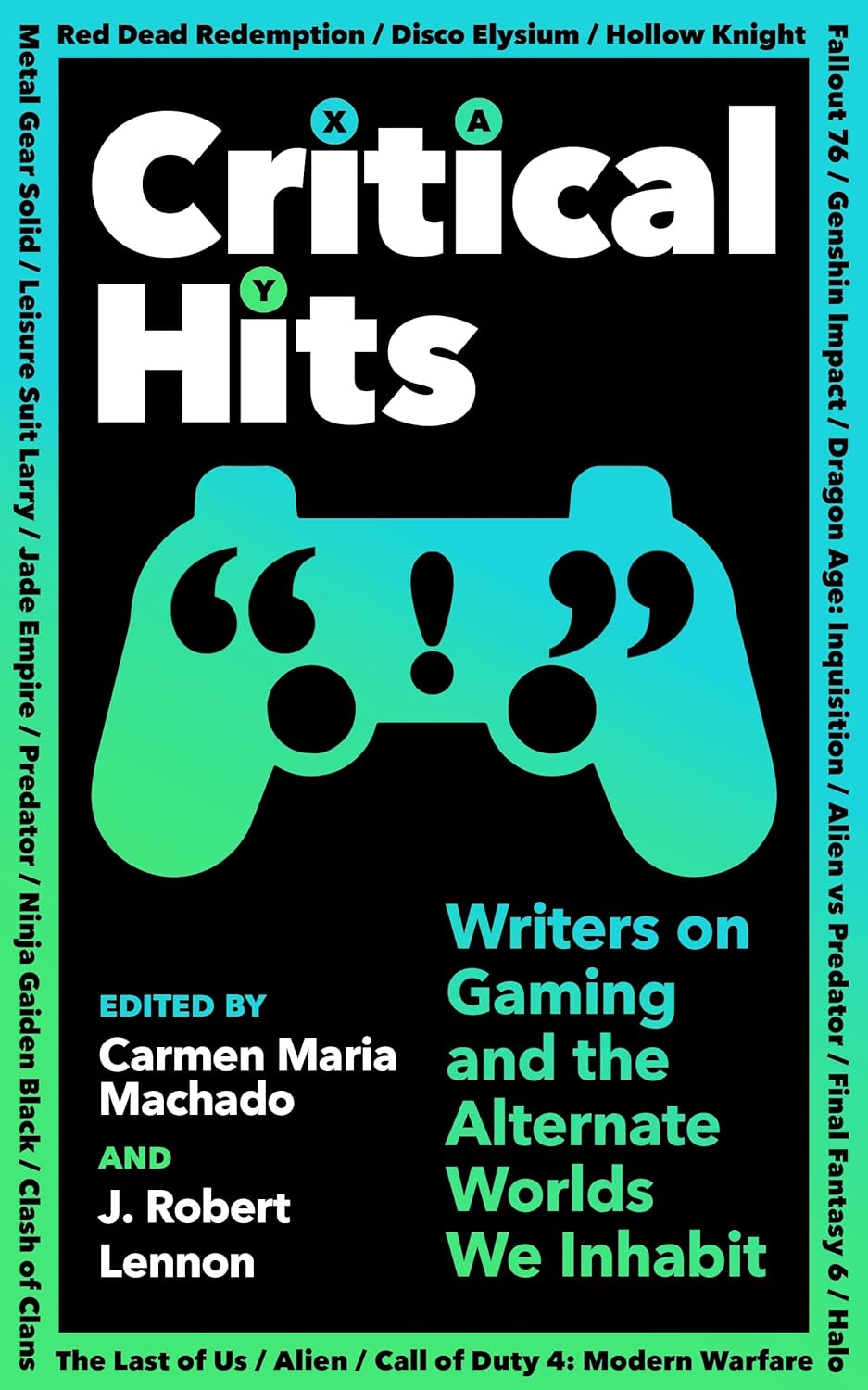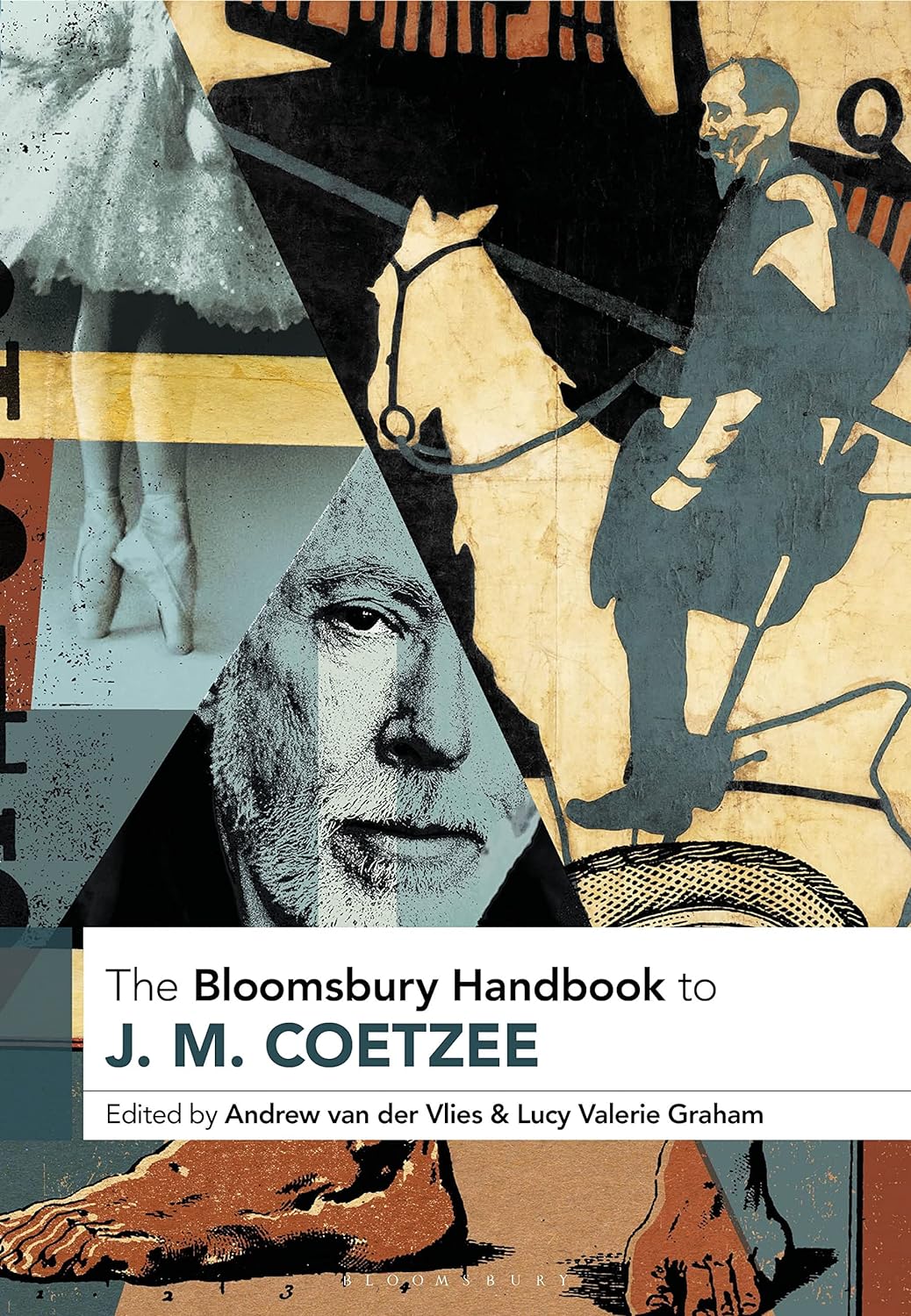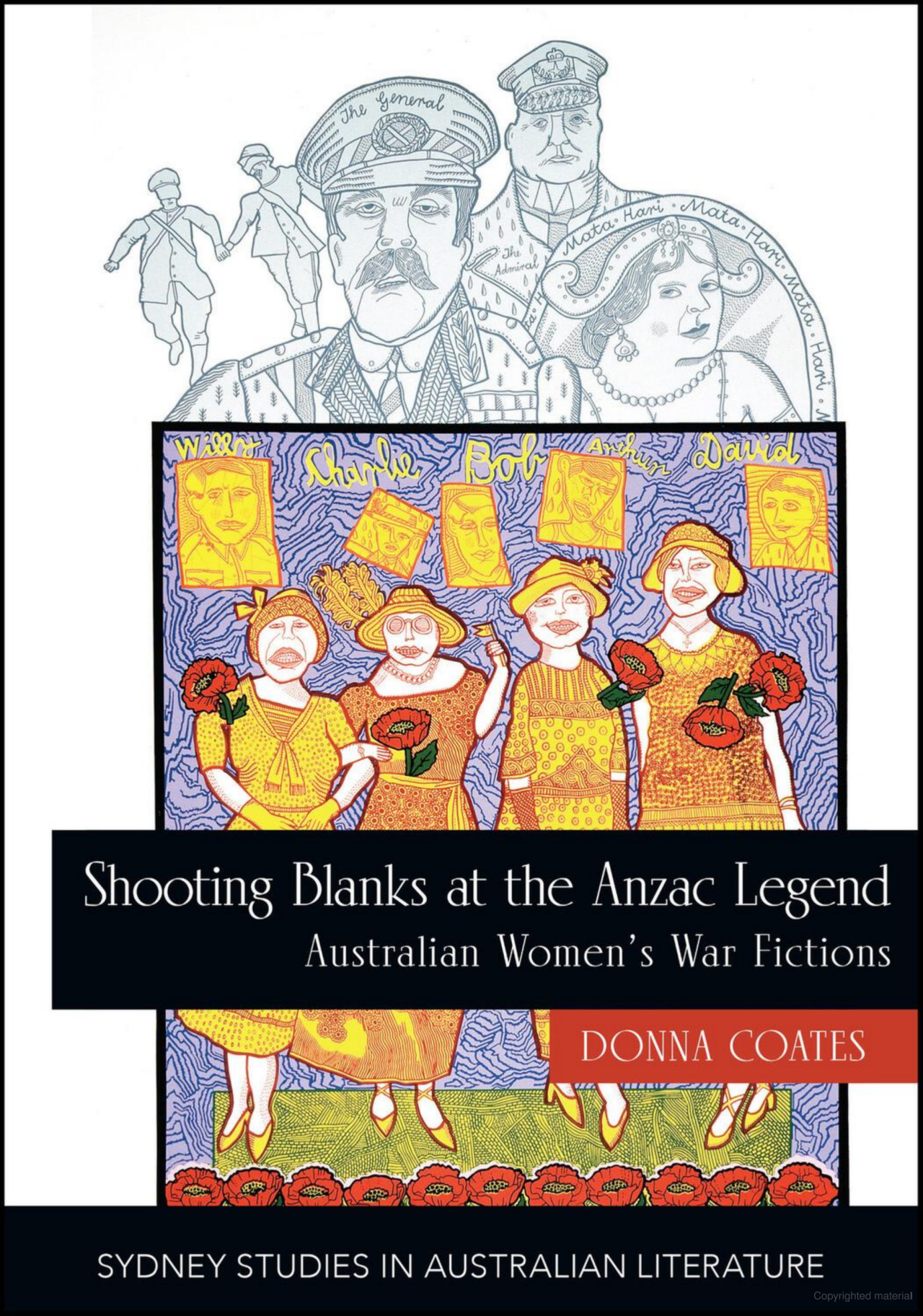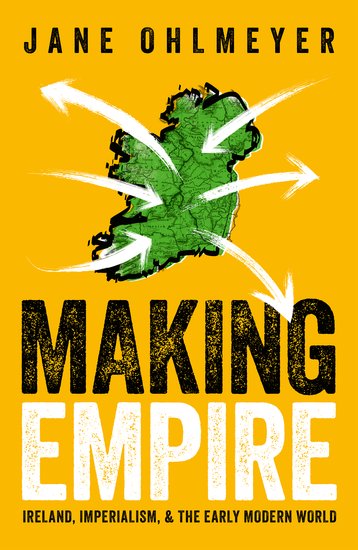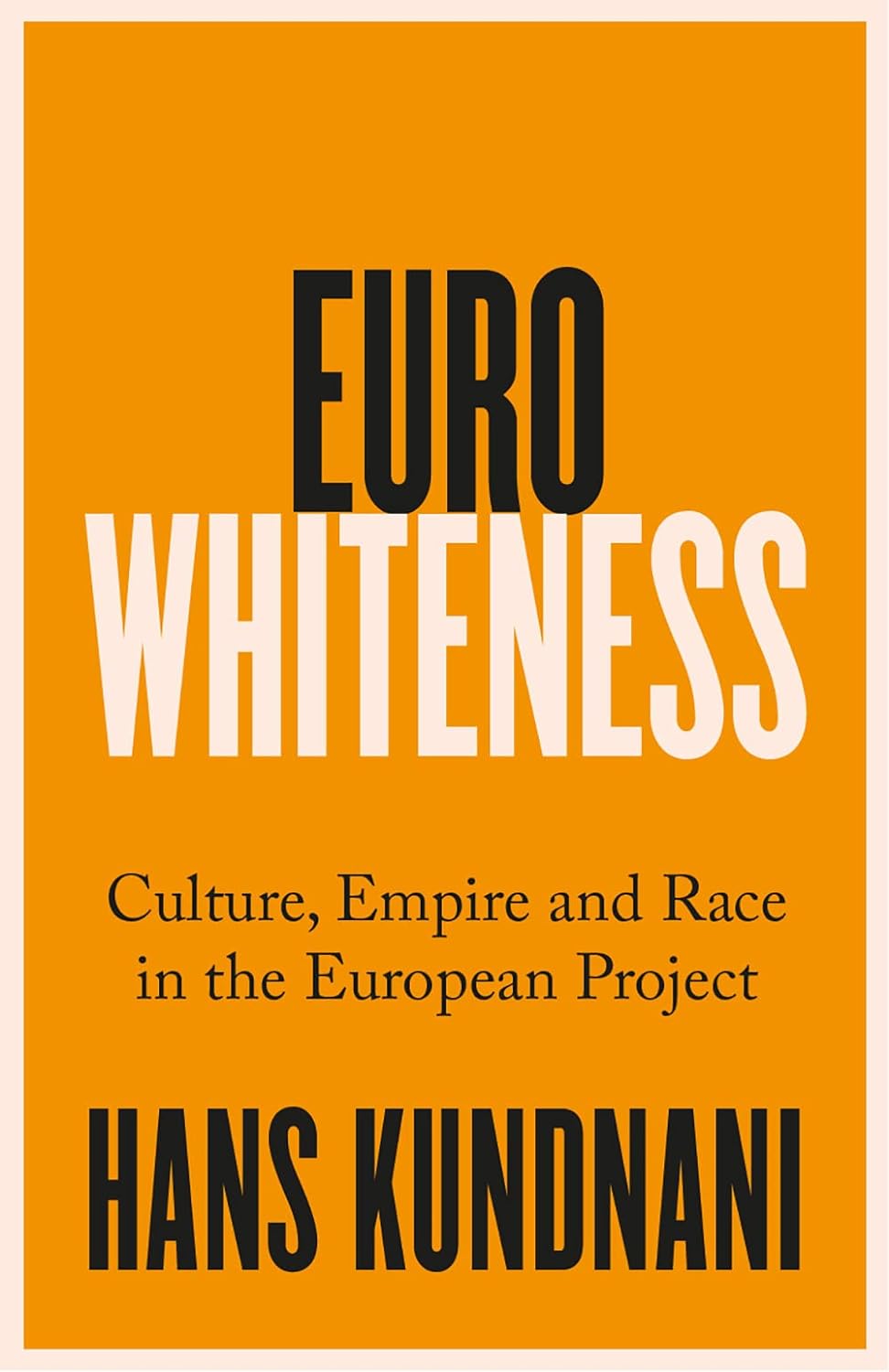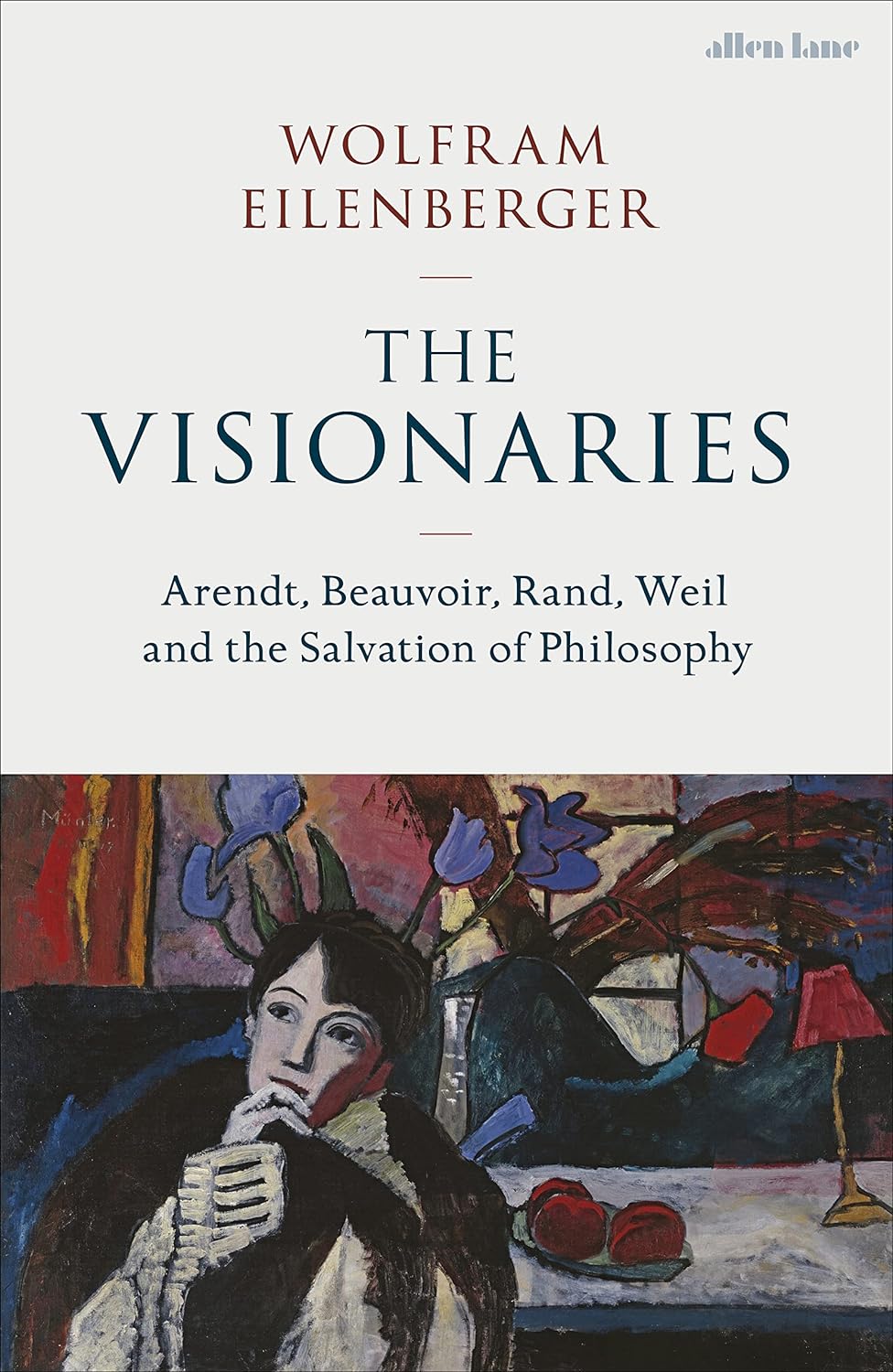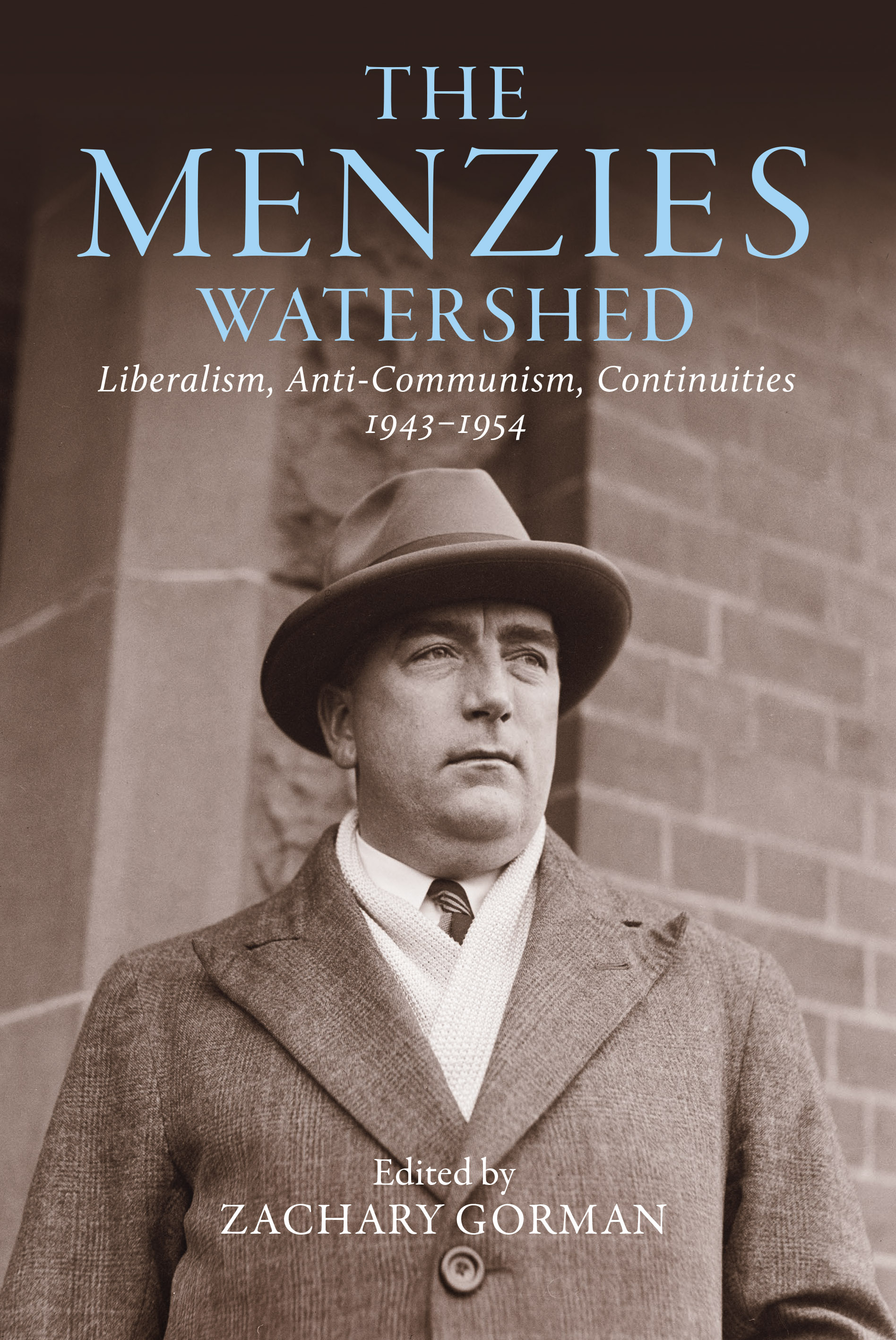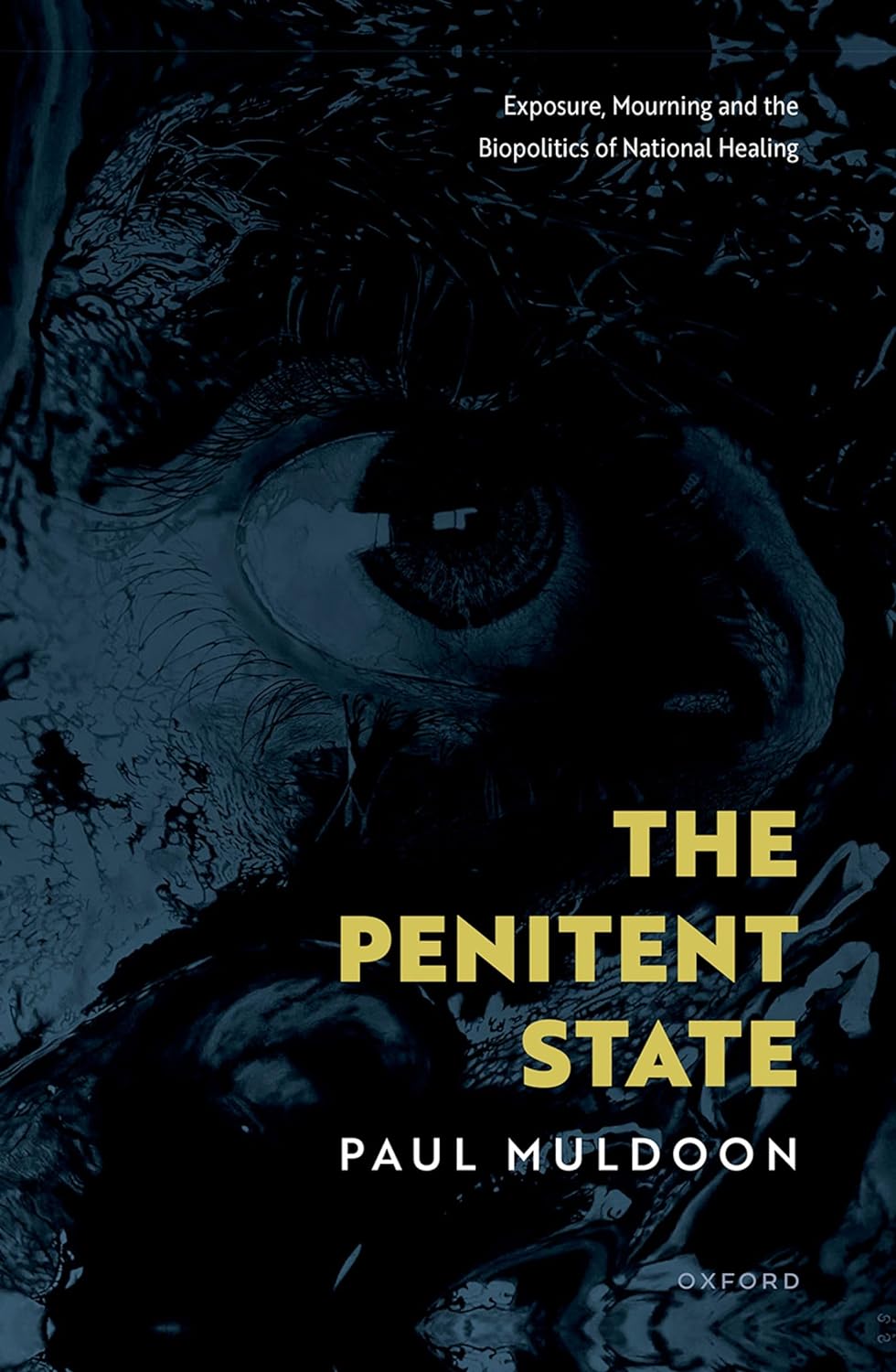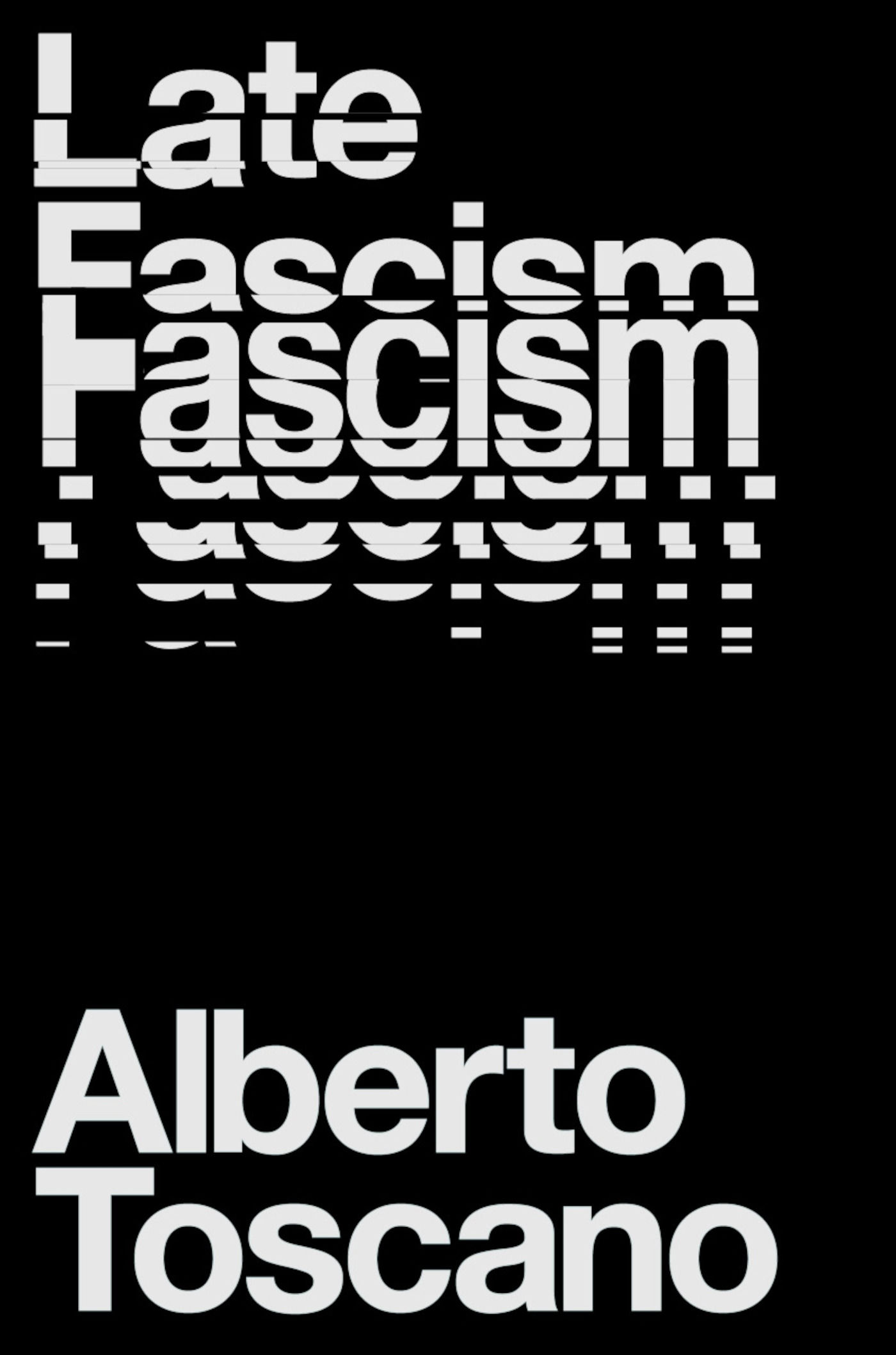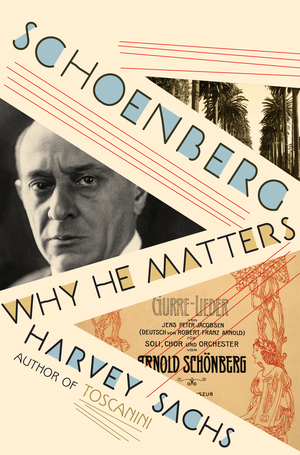Non Fiction
Critical Hits: Writers on gaming and the alternate worlds we inhabit edited by Carmen Maria Machado and J. Robert Lennon
Those accustomed to dismissing video games as frivolities may be alarmed to discover that, on a global scale, gaming generates more revenue than the film, music and book industries combined, by an order of magnitude. Games have become the dominant cultural force. We have come a long way since Space Invaders. Despite this prevalence and influence, there is a paucity of writing on gaming. Notable exceptions are Gabrielle Zevin’s Tomorrow, and Tomorrow, and Tomorrow (2022) and Ernest Cline’s Ready Player One (2011), now joined by Carmen Maria Machado and J. Robert Lennon’s welcome collection of essays exploring the societal impact of the form.
... (read more)The Bloomsbury Handbook to J.M. Coetzee edited by Andrew van der Vlies and Lucie Valerie Graham
In 2015, the Nobel Prize-winning author J.M. Coetzee released a volume of reflections on ‘truth, fiction and psychotherapy’ under the title The Good Story. The volume, co-written with Arabella Kurtz, a psychotherapist, preserves the distinctiveness of the viewpoints of the two interlocutors throughout. As we read these exchanges between the writer and the psychotherapist, we are in the realm not of ‘autrebiography’, where the self is endlessly reflected as if in a hall of mirrors, but of autobiography, where the self is transparent to itself and its own viewpoint. What we hear on Coetzee’s side is the plain voice of the author – an author not undone by an army of caveats about truth in the vein of the postmodern, an author who has not departed and been replaced by her readers. This is a voice that engages with Plato’s injunction against the poets in The Republic, a voice that finds value in the artifice of the ‘good story’ even as it acknowledges the failure to tell the story of the good, a voice that ruminates on whether truth as an ethical enterprise might even have disappeared from the psychotherapist’s consulting rooms. In the only mention of this work in the capacious Bloomsbury Handbook to J.M. Coetzee – it occurs in Nick Mulgrew’s chapter ‘Later Criticism and Correspondence’ – this statement is recorded:
... (read more)Shooting Blanks at the Anzac Legend: Australian women’s war fictions by Donna Coates
Near the beginning of Wifedom, Anna Funder describes a disappearing trick whereby a male magician conjures away his female assistant. She uses this as a trope for history’s tendency to make women vanish: ‘Where has she gone?’ Funder asks. This invisibility is especially the case in relation to women and war. Not only are women’s roles in wars downplayed or ignored, but women’s writing on war is seldom regarded as ‘war literature’. As Donna Coates, the author of this newly published study, Shooting Blanks at the Anzac Legend: Australian women’s war fictions, notes, the bookshelves at the Australian War Memorial in Canberra contain numerous books ‘by and about men at war’ and very few examples of women’s war writing.
... (read more)Making Empire: Ireland, imperialism, and the early modern world by Jane Ohlmeyer
Here is a joke that used to do the rounds during the Troubles in Northern Ireland. A plane was about to land in Belfast. During its descent, the pilot’s voice came over the announcement system: ‘Ladies and Gentlemen, we are now approaching Belfast International Airport. Welcome to Ulster. Please set your watches back four hundred years.’
... (read more)Eurowhiteness: Culture, empire and race in the European project by Hans Kundnani
Hans Kundnani, a British citizen, began working at the European Council on Foreign Relations in 2009. He considered himself a ‘pro-European’ supporter of European integration and regarded the European Union as a force for good. He came to realise that much of what he thought he knew about the EU and its history were self-idealising myths that had been created by the EU about itself. Eurowhiteness: Culture, empire and race in the European project debunks these myths and offers a penetrating analysis of how the EU has evolved.
... (read more)The Visionaries: Arendt, Beauvoir, Rand, Weil and the salvation of philosophy by Wolfram Eilenberger, translated by Shaun Whiteside
Wolfram Eilenberger’s previous book, the bestselling Time of the Magicians (2020), explored the four Germans – Ernst Cassirer, Walter Benjamin, Martin Heidegger, and Ludwig Wittgenstein – who ‘invented modern thought’. The Visionaries keeps to the formula, this time with women in the lead roles. It is described as a group biography, but Hannah Arendt, Simone de Beauvoir, Ayn Rand, and Simone Weil were very much not a group. Nor is it a biography: there is scant biographical information and no analysis of why they lived as they did. Apart from being born at the same time, writing books, and sharing what Eilenberger calls an ‘honest bafflement that other people live as they do’, the quartet have nothing in common: Arendt was a German Jew escaping the Gestapo; Beauvoir a French intellectual on a mission to enjoy herself; Rand a Russian émigré refashioned as an American neoliberal; and Weil a latter-day Joan of Arc. The closest any of them came to meeting was when Beauvoir, for whom the existence of others was ‘a danger to me’, was introduced to Weil, who had wept at the news of famine in China. It did not go well. The only thing that mattered, Weil announced, was a revolution to feed the world’s starving, to which Beauvoir ‘retorted that the problem was not to make men happy but to find the reason for their existence. She looked me up and down. “It’s easy to see you’ve never been hungry”, she snapped. Our relations ended right there.’
... (read more)The Menzies Watershed edited by Zachary Gorman & Menzies versus Evatt by Anne Henderson
Bernard Cohen’s satirical novel The Antibiography of Robert F. Menzies (2013) begins shortly before the 1996 election with the titular character stepping ‘through a breach in time’ to help his successors win government. But while John Howard’s double-breasted jackets and headland speeches initially soothe this ‘large and benevolent plasmic entity’, the revenant Menzies soon becomes frustrated by the emptiness and the clichés of 1990s politics. He breaks out of the parliamentary corridors to lumber across an Australia he barely recognises, becoming ever more gigantic and spectral – pursued all the way by a writer trying to wrestle him onto the page.
... (read more)The Penitent State: Exposure, mourning, and the biopolitics of national healing by Paul Muldoon
The recent past is replete with instances of sovereign states doing penance for wrongdoing. The Berlin Memorial to the Murdered Jews of Europe, the South African Truth and Reconciliation Commission (TRC), and Kevin Rudd’s apology to the Stolen Generations are just three examples that receive extended analysis in Paul Muldoon’s The Penitent State. On Muldoon’s telling, the concept of ‘biopolitics’ is central to explaining why these ‘penitent states’ work so hard to press our physical and emotional buttons, not just our intellectual or cognitive ones. Through institutions of atonement, the state is trying to clear a perceived blockage in perpetrators’ collective emotional system. It is trying to make us cry.
... (read more)Late Fascism: Race, capitalism and the politics of crisis by Alberto Toscano
Already it has been a big year for fascists. On Australia Day, a handful of neo-Nazis from across Australia assembled in Sydney. Dwarfed by tens of thousands of protesters at Invasion Day rallies, the fascist stunt still generated the desired confrontation with the state and response from journalists drawn into the spectacle. Two weeks earlier, German investigative journalists published details of a late-2023 meeting in Potsdam, outside Berlin. At a neo-baroque lakeside hotel, an assortment of old money, political chancers, and neo-fascist intellectuals discussed a proposal for ‘remigration’. Among the retired dentists, bakery franchisers, and parliamentary staffers was Martin Sellner, the one-time, hot-young-Austrian-face of the European identitarian movement – a man so reactionary that even post-Brexit Britain denied him a visa.
... (read more)Arnold Schoenberg rarely missed a punch. Whether in music theory, composition, or the fraught polemics of his age, he communicated with a clarity of purpose verging on the tyrannical. Visiting Schoenberg in California during his last years, the conductor Robert Craft commented on ‘the danger of crossing the circle of his pride, for though his humility is fathomless it is also plated all the way down with a hubris of stainless steel’. Harvey Sachs is worried that music lovers of the twenty-first century are failing to appreciate the continuing significance of the composer despite, or perhaps because of, this armour-plating. Addressed to the musical ‘layman’, Sachs’s ‘interpretive study’ is a passionate, occasionally self-doubting essay intended to demonstrate why Schoenberg still matters. Schoenberg’s five chapters follow a chronological track, attempting to account for most of the fifty-odd opuses of Schoenberg’s oeuvre, within a rich context of his life’s turbulent course. His chapter titles dramatically reflect the struggle – battle lines, war, breakthrough, and breakaway – of both his life and his works. Sachs popularises, refreshes, and sometimes refutes the stainless-steel images passed down in the sanctioned texts of musicology, many written by Schoenberg’s acolytes.
... (read more)

